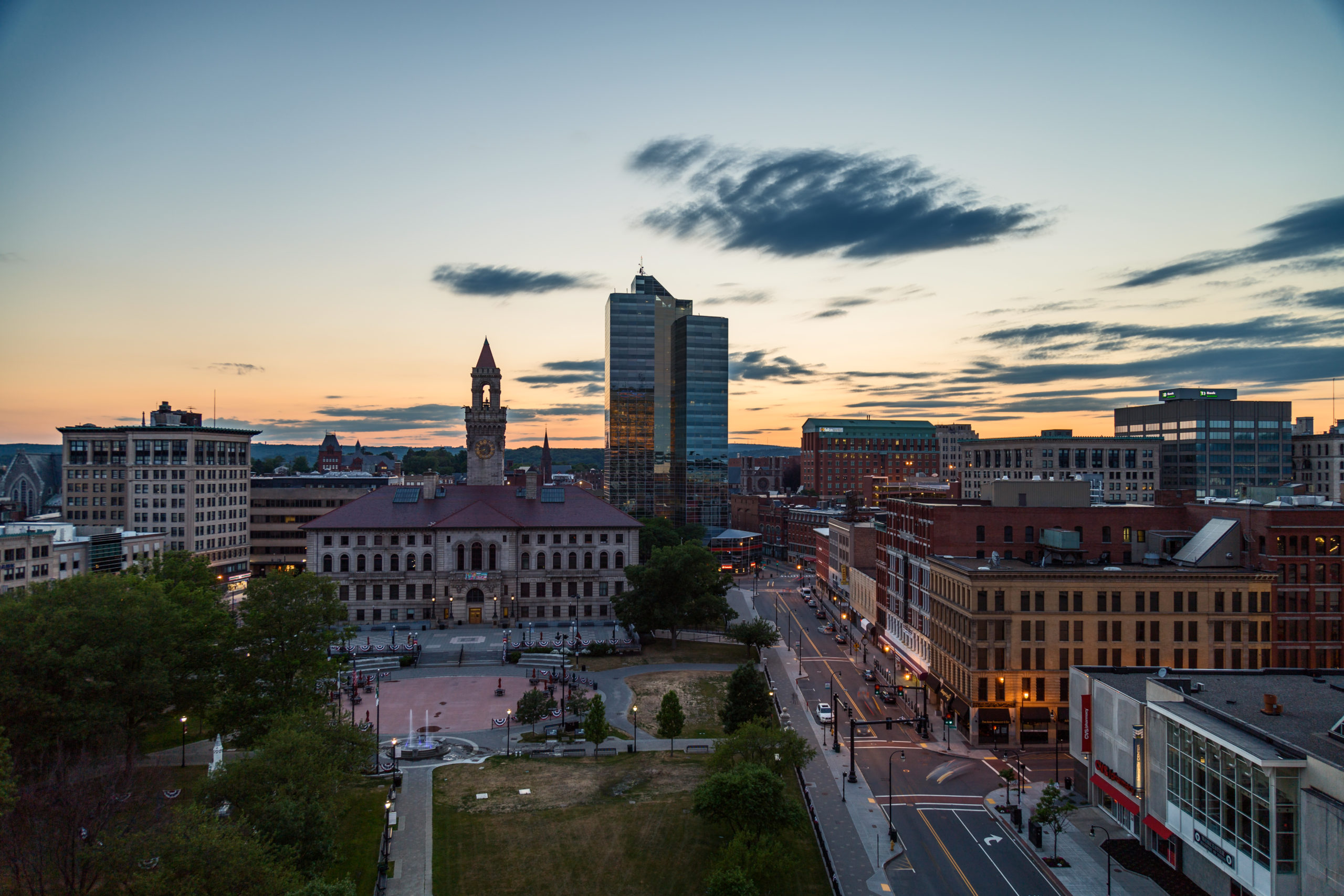Worcester’s Dual Tax Classification System
Every year the Worcester City Council meets at the end of November or early December to set the property tax rates. In 2024, for the first time since 2020, the City Council voted to narrow Worcester’s tax gap between commercial/industrial and residential property owners. The Chamber will continue to advocate on behalf of the community to narrow this gap over time, to assist our small business’ sustainablility, promote job creation, and revitalize our Downtown and neighborhood business districts.
Worcester’s 2025 Real Estate Tax Rates are Residential $13.19 per $1000 Assessed Value & Commercial $28.61 per $1000 Assessed Value
Advocation
While most assume the Worcester Regional Chamber of Commerce advocates for an overnight vote to get to a single rate, the fact is, that is not the case. While the Chamber does hope to get to a single rate at some point, we understand the need to work with the Council make a 10-year plan to get there incrementally.
Municipalities across the Commonwealth and locally that have (or recently had) dual tax rates have implemented long-term plans to gradually narrow their tax gaps. For example, Fitchburg and Leominster, both have moved to a single tax rate to retain their existing businesses while adding new businesses. Also, Auburn and Clinton, the other two municipalities in Central Massachusetts, have continued to close the tax gap recognizing the tax benefits of having more business in thier towns.
Just in our region, for example, Webster made and stuck to a 10-year plan to get to a single rate. In 2018 that plan was executed and are now helping their commercial tax base grow. Before 2018, Webster had 19 vacant storefronts in its downtown corridor, today those vacancies are down to six. The vibrancy of that commercial corridor has grown exponentially with shops and restaurants and has made it a destination for not just its residents but the surrounding communities.
In 1984 when the dual tax was enacted here in Worcester, 35% of the tax base came from our commercial/industrial sectors. Since that time the widening of the gap has disincentivized businesses to come or stay in the city and now only 21% of the tax revenue comes from the commercial/industrial sectors. This year’s budget is $800 million (FY2024). Ironically, the previous votes to widen the tax gap have caused companies to leave for surrounding communities putting this void on the backs of the residents. While this incremental step is one in the right direction, we must continue to be vigilant and help us raise that commercial tax base.



